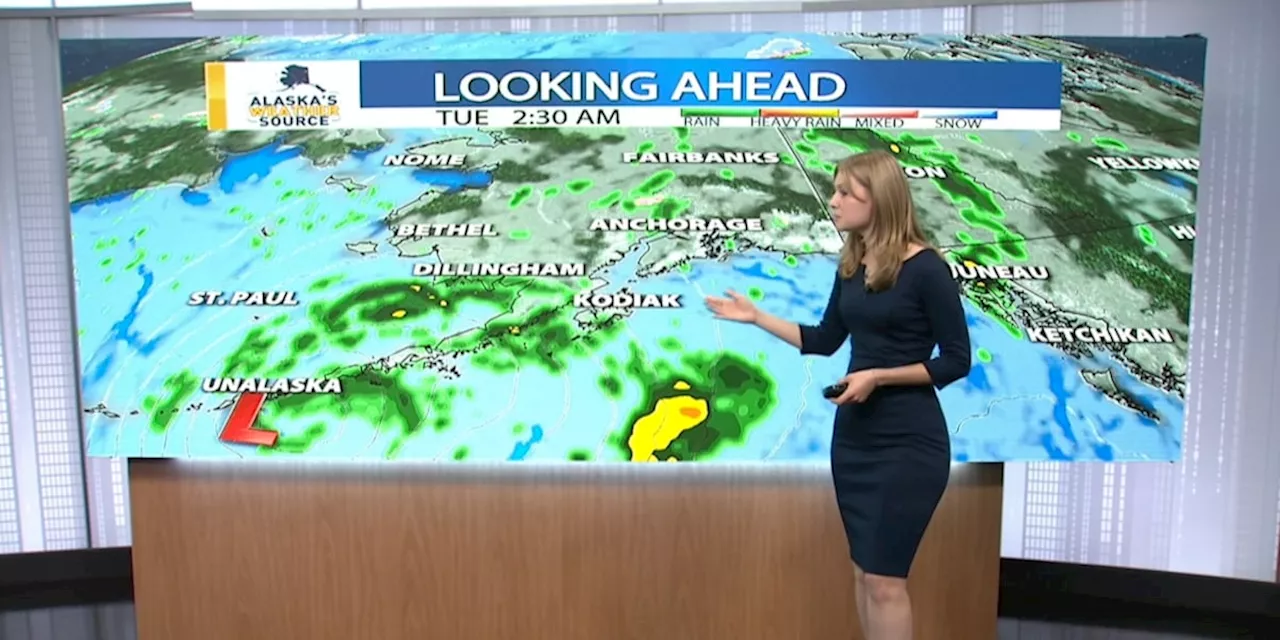Education
Alaska Students Show Stagnant Test Scores in Key Subjects

Alaska’s students are facing challenges in their academic performance, with recent test scores in reading, math, and science reflecting little improvement. The results from the 2023 assessments reveal that many students continue to struggle, prompting discussions among policymakers about potential solutions to enhance the state’s educational framework.
The findings come from the National Assessment of Educational Progress (NAEP), which highlights a concerning trend for Alaska’s educational system. For instance, only 35% of fourth graders in Alaska are now proficient in reading, compared to the national average of 35%. In mathematics, the proficiency rate stands at 30%, significantly below the national average of 40%. In science, just 26% of eighth graders achieved proficiency, falling short of the national benchmark of 38%.
Policymakers Seek Solutions
This stagnation in academic performance is drawing attention from state officials and educators, who are engaging in debates over strategies to improve educational outcomes. The Alaska Department of Education has acknowledged the need for comprehensive reforms, focusing on enhancing curriculum quality, teacher training, and student engagement.
One of the primary challenges facing Alaska’s schools is the vast geographical area and the diverse population, which can complicate the delivery of uniform educational resources. Many rural schools struggle with funding and access to qualified teachers, which further exacerbates the issue.
According to Dr. Michael Johnson, the Alaska Commissioner of Education, “We must prioritize equitable access to high-quality education for all students across the state. Our goal is to ensure every child has the opportunity to succeed academically, regardless of their zip code.”
Community Involvement and Future Steps
Community involvement is being emphasized as a critical component in addressing these educational challenges. Local organizations and parent groups are beginning to collaborate with schools to foster a supportive learning environment. Initiatives include after-school tutoring programs and mentorship opportunities designed to boost student performance.
The state is also looking into increasing funding for educational programs aimed at improving literacy and numeracy skills. This includes allocating resources to innovative teaching methods that could engage students more effectively.
As discussions continue, the outcomes of these initiatives will be closely monitored. The aim is to see significant improvements in future testing cycles, with hopes that Alaska can move closer to national proficiency standards in reading, math, and science. The stakes are high, as the future of Alaska’s youth and the state’s workforce depend on the effectiveness of the education system.
-

 Technology5 months ago
Technology5 months agoDiscover the Top 10 Calorie Counting Apps of 2025
-

 Health2 months ago
Health2 months agoBella Hadid Shares Health Update After Treatment for Lyme Disease
-

 Health3 months ago
Health3 months agoErin Bates Shares Recovery Update Following Sepsis Complications
-

 Technology4 months ago
Technology4 months agoDiscover How to Reverse Image Search Using ChatGPT Effortlessly
-

 Technology1 month ago
Technology1 month agoDiscover 2025’s Top GPUs for Exceptional 4K Gaming Performance
-

 Technology2 months ago
Technology2 months agoElectric Moto Influencer Surronster Arrested in Tijuana
-

 Technology5 months ago
Technology5 months agoMeta Initiates $60B AI Data Center Expansion, Starting in Ohio
-

 Technology5 months ago
Technology5 months agoRecovering a Suspended TikTok Account: A Step-by-Step Guide
-

 Health4 months ago
Health4 months agoTested: Rab Firewall Mountain Jacket Survives Harsh Conditions
-

 Lifestyle5 months ago
Lifestyle5 months agoBelton Family Reunites After Daughter Survives Hill Country Floods
-

 Technology4 months ago
Technology4 months agoHarmonic Launches AI Chatbot App to Transform Mathematical Reasoning
-

 Technology3 months ago
Technology3 months agoUncovering the Top Five Most Challenging Motorcycles to Ride





















